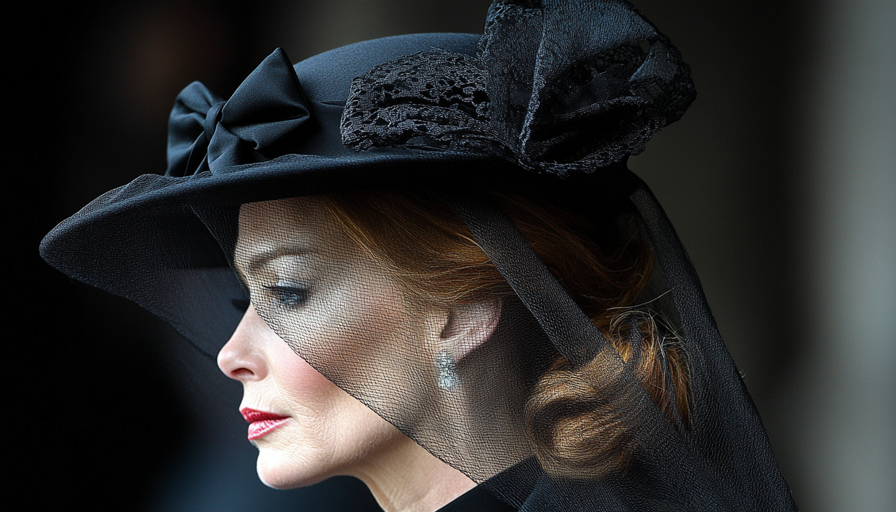If there is one question we are asked regularly, it’s “How long does a cremation service take?” Generally speaking, based on our experience, the average length of a cremation service is approximately 45 minutes. In reality, though, it can take anything from 15 minutes to 3 hours, depending on the specific details of a cremation.
To give you an idea of how long the cremation service you are planning will take, we will look at the ceremony, what it involves and what other factors can affect how long it takes.
Where Are Cremations Held?
A cremation is normally held in a crematorium or an alternative venue like a town hall or specific town of worship. The service is usually held before the cremation takes place.
What Happens Before the Service?
Before the cremation service occurs, the funeral director meets with the deceased's family with the hearse and other accompanying limousines or cars, if needed, and then drives to the crematorium for the special service. Depending on what they prefer, though, the family may join the funeral profession once it's at the crematorium.
During The Cremation Service
The cremation service is remarkably similar to other types of funeral services. It allows for the service order to follow a specific religious ritual or something personal to the deceased and their family.
During the service, the pallbearers will carry the coffin into the crematorium, or a wheeled bier can be used.
It is up to the family to choose whether their guests should stand inside or stand outside to wait before the coffin is in the crematorium.
Normally, the family follows the coffin into the arranged venue and sits at the front of the room.
An officiant leads the service and includes eulogies, readings and music, which the deceased’s family can choose.
Some crematoriums have curtains that can be closed to mark the end of the cremation service. The family can decide this, and this is the point when the actual cremation takes place.
When cremation services are held in different locations before the coffin goes to the crematorium, the pallbearers will take the coffin and place it in the hearse. The funeral procession will travel to the crematorium to have the committal.
After The Service
When the cremation service ends, the deceased's family normally leave the venue first. However, some families stay behind after the guests have left to have time for private reflection or if they are having some kind of memorial placed to commemorate the deceased.
Often, family members of the deceased will line up outside the door of the crematorium, as they would in a normal funeral service, to greet the guests as they leave. Whether a social gathering, a wake or something similar is arranged for after the family decides the cremation service.
If the deceased’s family decides to have limousines, the funeral director will take them to the wake or back home.
What Happens With the Ashes After A Cremation?
Once the cremation process has finished, the crematorium assistants remove the ashes, metals and fragments and put them into a special container. What you may not realise is that in a cremation process, some unburnt remains of the body look normal, such as large fragments of bones. They are gathered up separately and taken to be ground in a special machine in the crematorium that turns the rest into a powder that looks like ashes.
Next, the main container is taken, and its contents are sorted to remove the metal pieces that couldn’t be burnt, like the coffin’s screws and nails. Afterwards, the ashes and fragments are put through a special ash processor that grinds them into a sand-like substance. During its time in the care of the crematorium, the deceased’s coffin will be given a special badge with the details checked off at each step to ensure the ashes you are given belong to the deceased. Once they are sorted and ready, they are placed inside a simple urn, labelled and safely stored, ready for collection.
Can a Memorial be Kept at the Crematorium?
Some crematoriums offer a variety of memorial options.
Most commonly, for anyone who chooses for a memorial to be at the crematorium, an entry can be made into a special Book of Remembrance. In this book, a written entry includes the name of the deceased and the date they were cremated. Normally, these are kept somewhere safe in the crematorium, and the family and friends of the deceased can visit when they want. As with anything, it is best to check with the crematorium you have chosen if this is possible.
Alternatively, some crematoriums offer the possibility of a plaque being placed inside the crematorium that memorialises the deceased.
Other options aside from the above include having a memorial where the ashes are buried or scattered, whether in a private or public space or cemetery.
How Long Do You Need to Wait After a Cremation To Collect the Ashes?
If the deceased’s ashes are to be returned to the family or a loved one after the cremation, the crematorium will contact the relevant party when they are ready for collection. It depends on your preference, whether a family member collects the ashes or chooses for the funeral director or crematorium to deliver them to their home.
The family has the option of keeping the ashes in an urn for ashes. It can also be nice to share small amounts with the family and keep the ashes in an ashes jewellery.
If the deceased’s ashes do not need to be returned, the family can ask the crematorium staff to scatter them if they have the facilities to do this and offer this service.
As you can see, various factors can contribute to the duration of a cremation. Generally speaking, though, in the UK, standard cremations will take between 45 minutes and 3 hours unless there are specific religious or cultural requirements that would make this shorter or longer. It also depends on whether it will be an attended cremation, as an unattended cremation will take less time from start to finish. If you have further questions about the cremation service and the time it may take, please contact us directly.

















